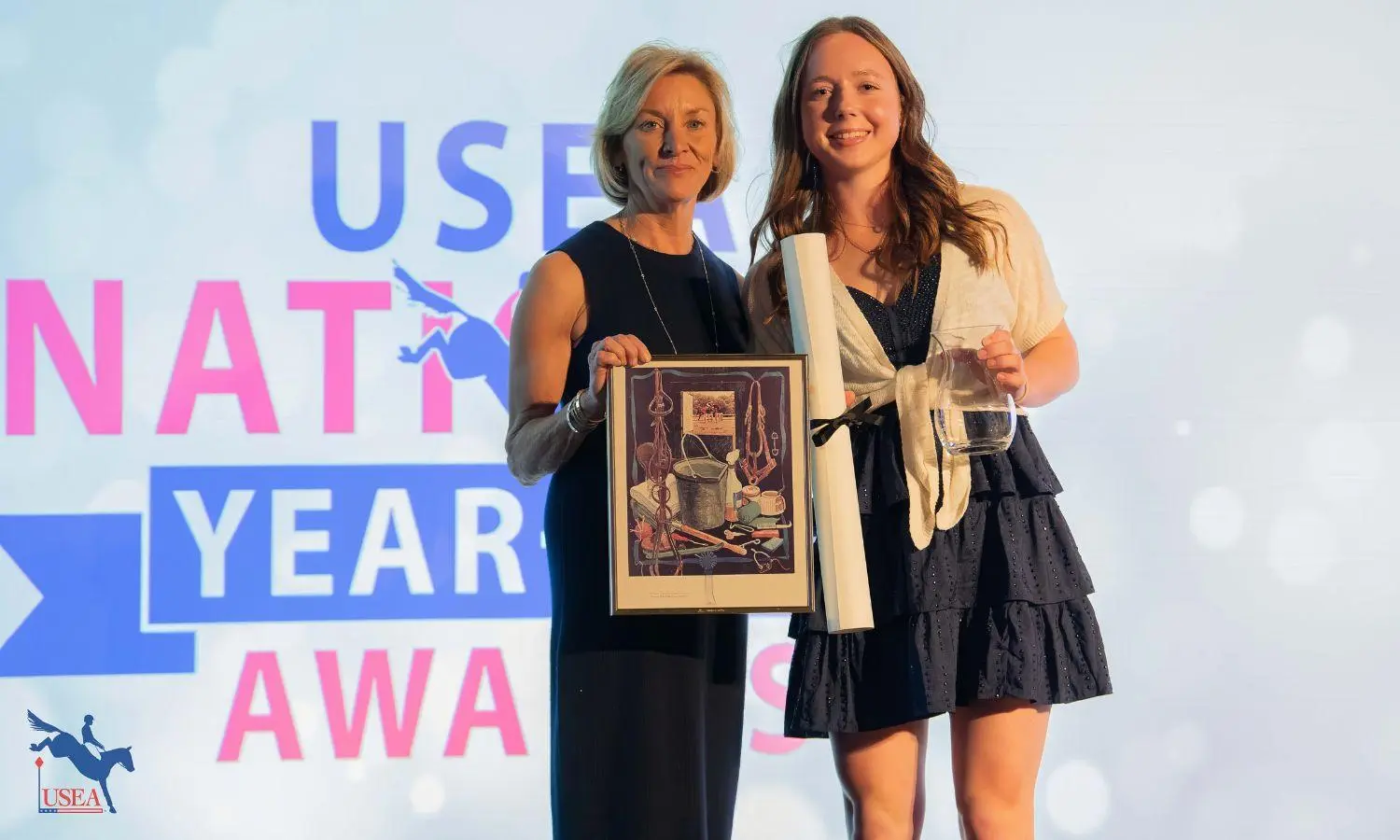Five Things You Need to Know About Equine Liability Law

Attendees of the 2021 USEA Annual Meeting & Convention had the opportunity to sit in on two sessions regarding common equine law practices with attorney Yvonne Ocrant, USEA Board of Governors member and partner and equine law activity specialist at Hinshaw & Culbertson LLP. Ocrant’s final session of the weekend “Understanding Equine Liability and Minimizing Risk of Exposure,” educated USEA members on common equine liability risks and protocols that can be implemented to reduce risk. Here are top-five takeaways from the session for horse lovers of every nature:
5) There are 48 states which offer equine liability protection.
Not included are California and Maryland. Under this standard equine liability protection, most states have adopted the mentality that equine activities are inherently dangerous and shifts responsibility to participants in equine activities. Verbiage and regulations vary by state but, there are exceptions!
4) How to classify an individual as a participant?
As outlined above, most states' legislation shifts the responsibility of the inherent risk associated with equine activities on ‘the participant.’ But who is considered the participant in each case?
In most states, those defined as a spectator or passerby are not always covered by the state-offered equine liability protection. A good example would be a mom walking into a crowded warmup arena to reset a warmup fence who is hurt by an oncoming horse.
How can we mitigate this risk? Everyone who enters the property signs a waiver specifically created for your farm and/or show. Also, place your state’s equine liability sign at the front of your driveway, so everyone who enters the property sees it as they enter the facility.
3) What is defined as an equine activity?
Certain states might see things such as leading a horse into a trailer as a “horse trailering activity” rather than an “equine activity.” Know the laws for your state and have your liability waiver customized to fit your barn’s needs. Will riders be bringing horses up from the pasture? Judges may not see that as an “equine activity” as defined by law.
2) There are exceptions to liability!
Faulty tack or equipment can place you in the hot seat. Be sure if you are providing tack or equipment to students that it is being properly evaluated and cared for frequently.
1) Know the four reasons why your liability protection may not actually protect you:
- Mismatch: While this might mostly apply to lesson programs, it can also apply to sale barns allowing a rider to try a horse they may be poorly suited for. This is seen as the failure to assess skills and abilities of a horse and rider to ensure a proper match. You wouldn’t want to put your cross-rails rider on a hot, Intermediate level horse for a cross-country schooling opportunity.
- Dangerous Latent Conditions: You know that fence you have been meaning to mend or that hole in the ground on the hacking trail? Those things can get you in some serious trouble in regards to your liability coverage. Know what is going on around your property and quickly care for conditions that could be dangerous and result in an injury on property.
- Willful or Wanton Disregard: We don’t often think twice about answering our phone or turning our back to greet someone at the barn while giving a lesson. But what if your student fell off right at the moment you turned your back, resulting in an injury? A Judge might determine your quick phone call or cheerful greeting as willful or wanton disregard. The best way to avoid this is to not spread yourself too thin and to focus on the task at hand.
- Intentional Act: This would be seen as the intentional placing of a student in harm’s way.














